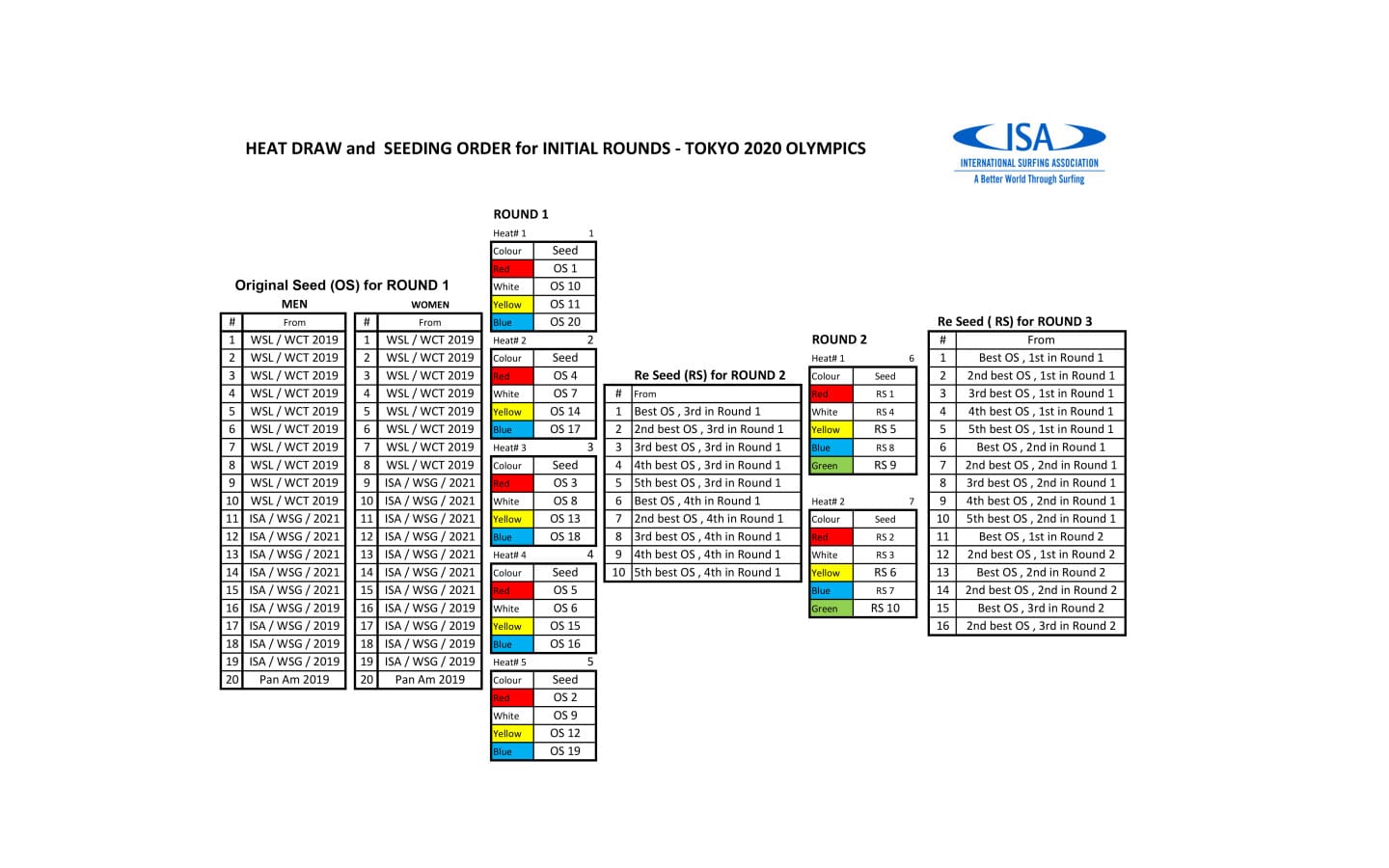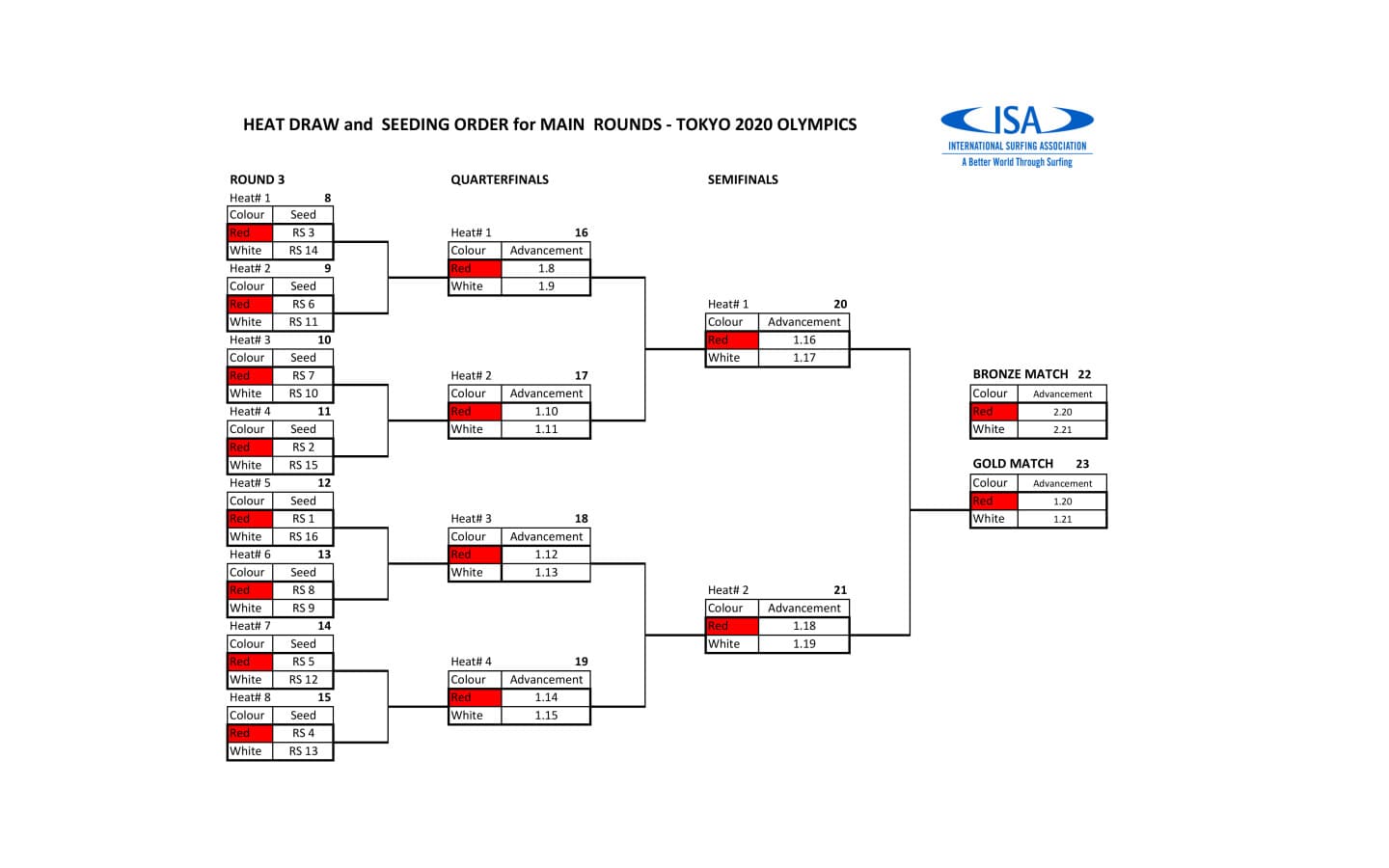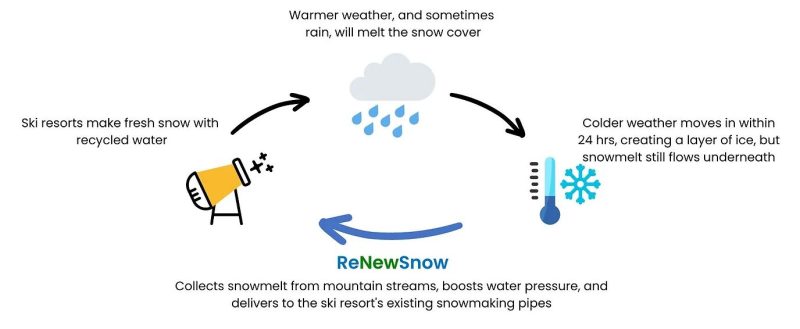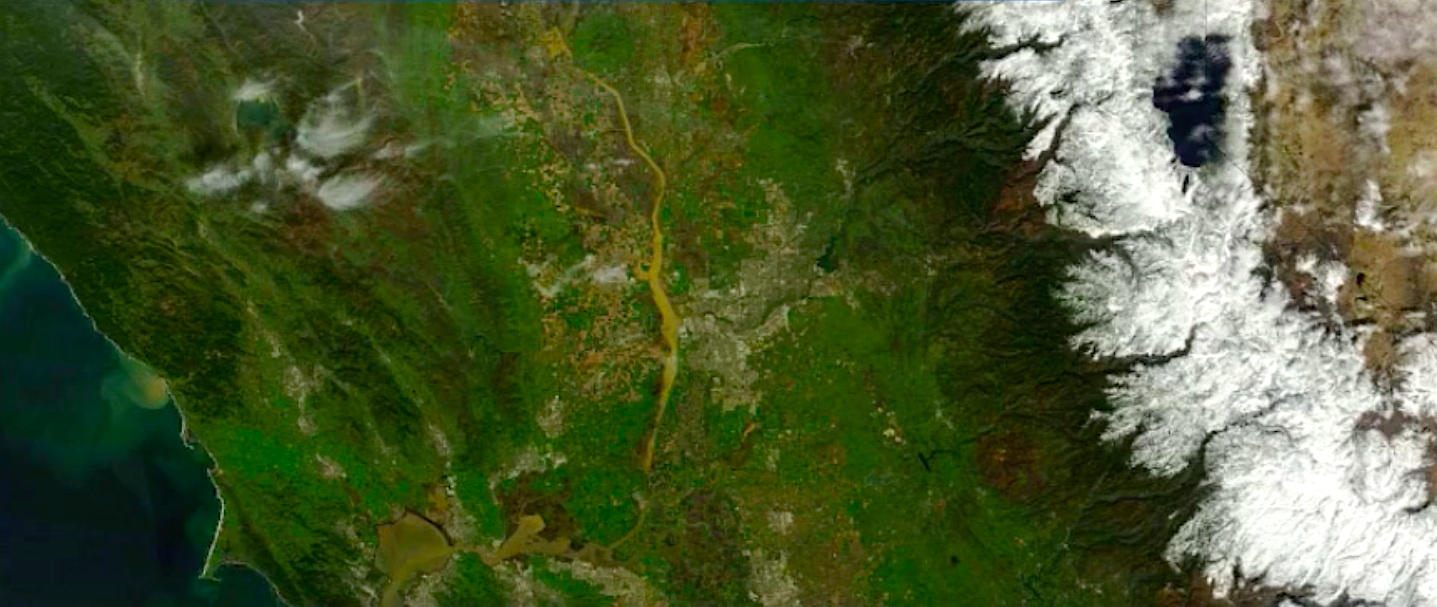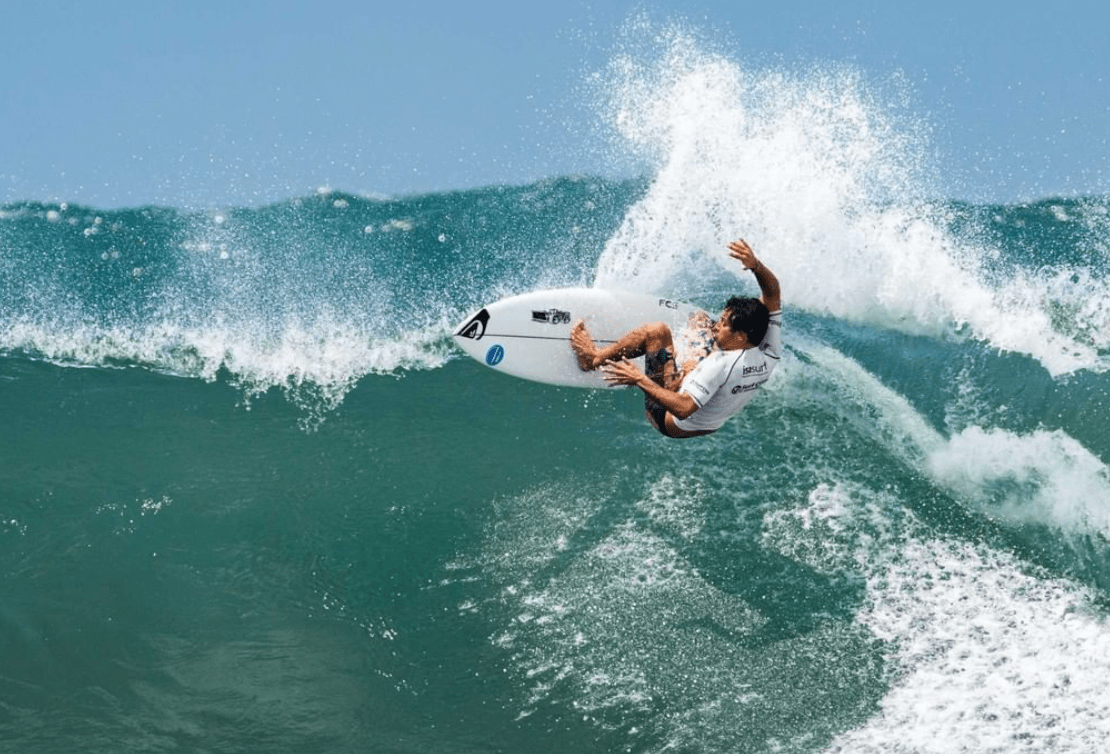
In a few weeks, surfing will make its debut at the Olympic Games in Tokyo. 40 surfers from around the world will make history as they compete for the first time at the most prestigious sports event in the world. But how is surfing, a sport celebrated for style (which can be subjective) that is also very dependent on the weather, going to work at the Olympics?
Like most surf competitions, the surfers will have 30 minutes to catch as many waves as they can. For each wave, a panel of experienced judges will give a score between 1-10. Each surfer’s two highest scores will count towards their final score. There will be a total of six rounds in which the surfers with the highest scores will move on to the next round.
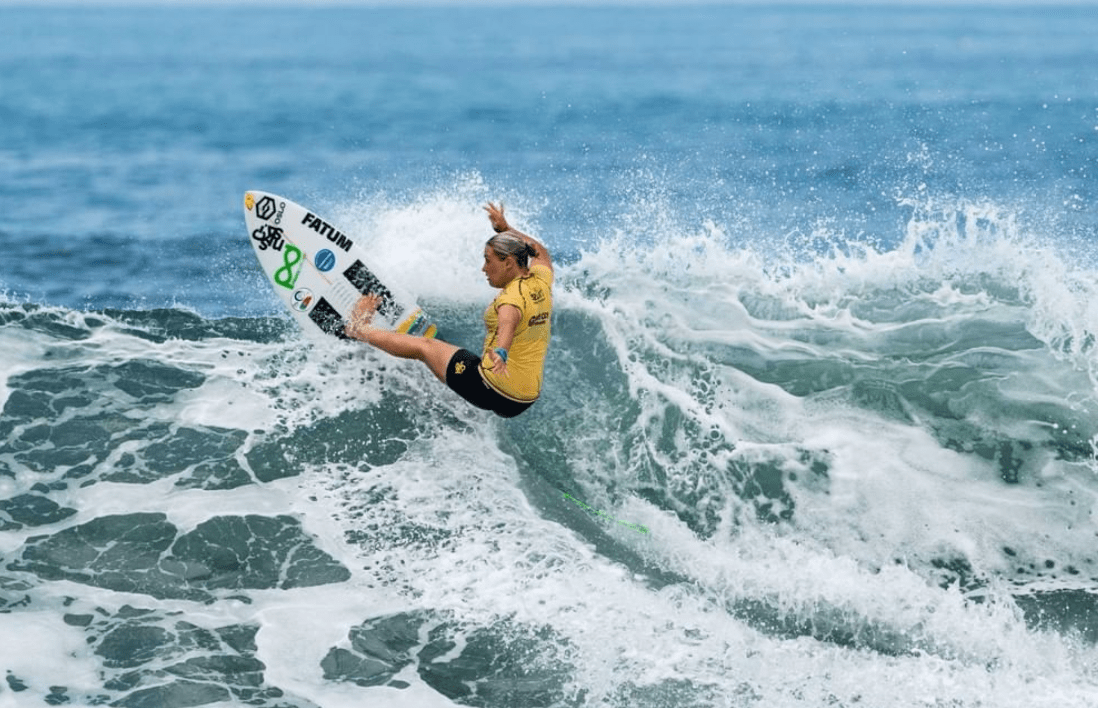
No two waves are the same in the ocean, and the scoring system accounts for the technical knowledge and skill required to adapt to the changing weather. Maneuvers have no prescribed score; instead, the wave score will come from the application of the following five criteria to each wave:
- Commitment and difficulty (how hard the maneuvers are)
- Innovation and progression (how original the maneuvers are)
- Variety (how many different maneuvers the surfer does)
- Combination (how the surfer connects different maneuvers)
- Speed, power, and flow (the style and seamlessness of the maneuvers)
There is also a certain amount of tactics involved. Even though the surfers are allowed to catch as many waves as they want, the scores reflect quality instead of quantity, and surfers are likely to be choosy about which waves they ride. They also have to respect the priority system and be careful not to interfere with other surfers.
The Games are being held in Tokyo this summer after being rescheduled from 2020 due to the coronavirus pandemic. Surfing will take place on Tsurigasaki Surfing Beach in Chiba, Japan, starting on July 25th.
